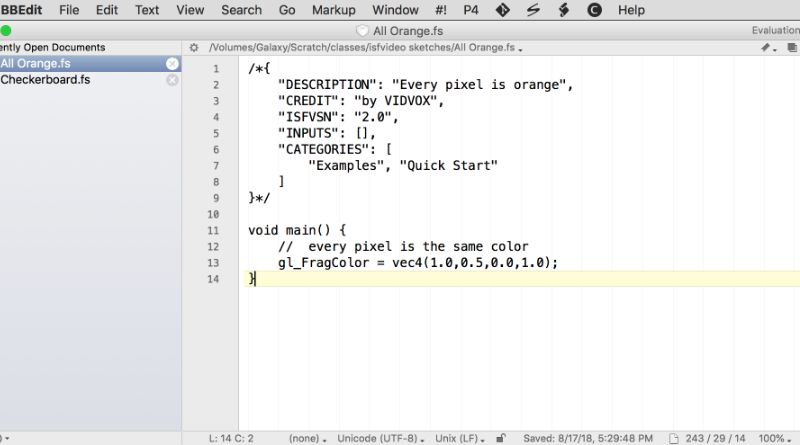Importers bringing goods into the United States must comply with strict U.S. Customs and Border Protection (CBP) requirements. One of these is the Importer Security Filing (ISF), often referred to as the “10+2” rule. Many importers new to the process ask, “how do I create an ISF file?” This article outlines the essential steps, documentation requirements, and best practices to help importers complete this critical filing correctly and on time.
Understanding the ISF Requirement
The ISF is a mandatory document that must be submitted electronically to CBP at least 24 hours before cargo is loaded onto a vessel destined for the U.S. It applies only to ocean freight, not air or land shipments, and is designed to enhance cargo security. The ISF requires specific data elements, including information about the importer, consignee, manufacturer, and other parties involved in the supply chain.
Failing to file the ISF or submitting inaccurate information can result in significant penalties, including fines up to $5,000 per violation. As a result, understanding the process and timelines is critical to avoid delays or legal issues.
Gathering Required Information
To prepare an ISF, you’ll need ten key data elements from various parties involved in the shipment. These include:
- Seller’s name and address
- Buyer’s name and address
- Importer of record number
- Consignee number
- Manufacturer (or supplier) name and address
- Ship-to name and address
- Country of origin of the goods
- Harmonized Tariff Schedule (HTSUS) number
- Container stuffing location
- Consolidator’s name and address
In addition to these ten, ocean carriers must submit two more data elements—vessel stow plans and container status messages—hence the nickname “10+2.”
Start collecting this information as early as possible. Communicate with suppliers, freight forwarders, and carriers to ensure you receive accurate and timely data.
Choosing a Filing Method
There are two main ways to file the ISF:
- Use a Licensed Customs Broker: This is the most common method. Brokers have experience handling ISF filings and can reduce the risk of errors. You’ll need to provide the broker with all required information, and they will file the ISF on your behalf using CBP’s Automated Broker Interface (ABI).
- Self-Filing with CBP: Importers with the necessary technical setup and software can file directly with CBP through the Automated Commercial Environment (ACE) portal. This method is more complex and usually only suitable for frequent or high-volume importers.
Regardless of the method, always ensure the ISF is filed no later than 24 hours before the cargo is loaded onto the vessel overseas.
Common Pitfalls to Avoid
Several common mistakes can result in ISF penalties:
- Late filing or failure to file
- Incomplete or inaccurate data
- Not updating the ISF if shipment details change
To avoid these, maintain close contact with your supply chain partners and confirm details like HTS codes and stuffing locations well in advance. If any information changes after submission, amend the ISF immediately.
Final Tips for Compliance
Staying organized and proactive is key. Keep a checklist of the ten required data elements for every shipment and verify accuracy before filing. Choose reliable logistics partners who understand the importance of ISF deadlines. If you’re unsure, consulting with a licensed customs broker or trade compliance specialist is a wise investment.
Conclusion
A properly filed ISF ensures your goods move smoothly through customs, avoids costly fines, and protects your reputation as a compliant importer.






